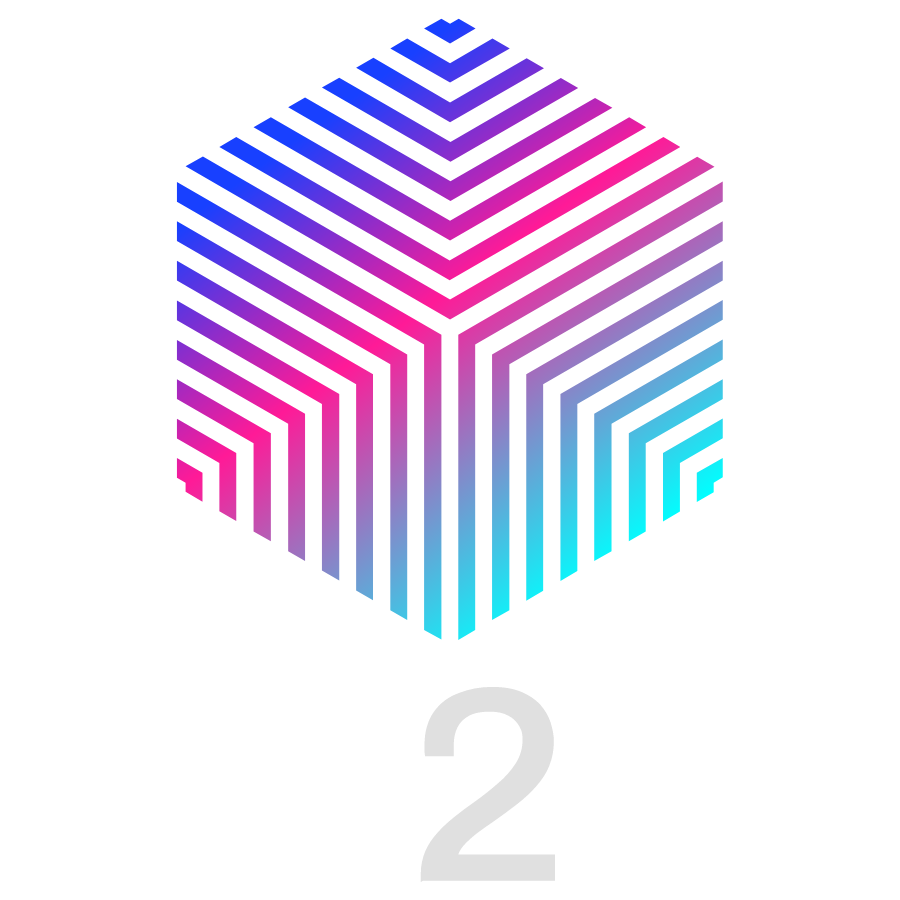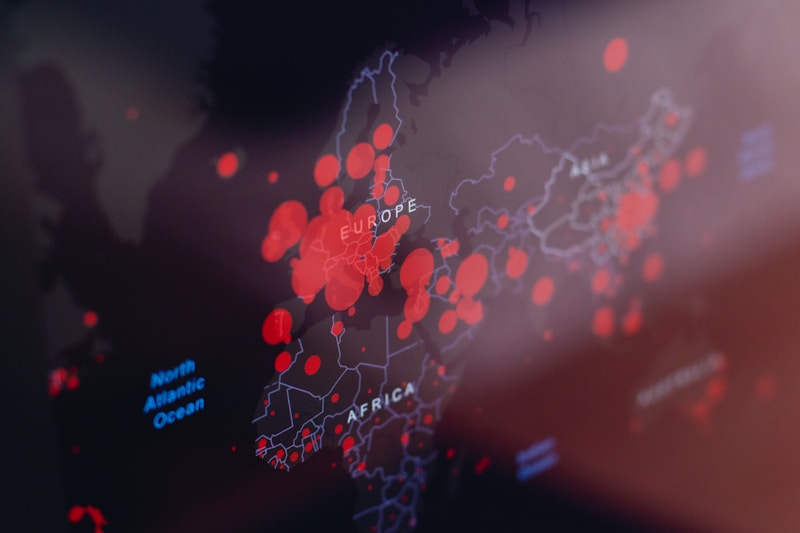Predictive Analytics Using AI: The Next Frontier in Informed Decision-Making
In today’s fast-paced digital world, predictive analytics powered by artificial intelligence (AI) is emerging as a crucial tool for businesses to stay competitive.
Predictive Analytics allows companies to anticipate trends, understand customer behaviour, and make data-driven decisions with an accuracy that was previously unattainable.
What exactly is predictive analytics, and how does AI enhance its capabilities? Let’s explore the transformative potential of predictive analytics through the lens of AI.
What Exactly is Predictive Analytics?
Predictive analytics is an advanced analytics technique that involves using historical data, statistical algorithms, and machine learning to predict future outcomes.
It’s the science of making educated guesses about what’s likely to happen next. For instance, a retailer might use predictive analytics to forecast which products will be in high demand next season, or a bank might predict the likelihood of a borrower defaulting on a loan.
The strength of predictive analytics lies in its ability to process vast amounts of data, identify patterns, and create models that can reliably forecast future events.
While traditional data analysis might tell you what happened in the past, predictive analytics goes further by predicting what could happen in the future.

How AI Supercharges Predictive Analytics
AI brings a new level of sophistication to predictive analytics, surpassing traditional models that depend heavily on human input and predefined algorithms. Here’s how AI enhances predictive analytics:
Machine Learning and Pattern Recognition: AI utilises machine learning to analyse large datasets and uncover patterns that might be missed by human analysts. These algorithms improve over time, learning from data without needing explicit programming for every scenario.
Natural Language Processing (NLP): AI can process unstructured data, such as text from social media, customer reviews, or call transcripts, providing insights that traditional analytics tools might overlook.
Real-Time Analytics: AI-powered models can process data in real-time, allowing businesses to make immediate decisions based on the most current information. For example, a company could instantly adjust its marketing strategy based on real-time customer behaviour analysis.
Automation of Complex Processes: AI can automate the entire predictive analytics process, from data collection to model deployment, reducing the time and effort required by human analysts and minimising the risk of human error.
Applications of Predictive Analytics Using AI
AI-driven predictive analytics is being applied across various industries:
Prediction of Customer Behaviour: AI helps businesses anticipate customer needs, predict churn, and personalise marketing efforts by analysing purchase history, browsing behaviour, and demographic data.
Risk Management in Finance: AI revolutionises risk management by predicting potential risks, such as loan defaults or fraudulent transactions, and aiding in portfolio management by forecasting market trends.
Predictive Maintenance in Manufacturing: AI analyses machinery sensor data to predict equipment failures, allowing for maintenance to be scheduled before breakdowns occur, reducing costs and ensuring smooth production.
Healthcare and Patient Outcomes: AI predicts patient outcomes, enabling early intervention in diseases and improving resource management, such as hospital admissions forecasting.
Supply Chain Optimization: AI optimises supply chains by analysing supplier performance, demand patterns, and logistics, predicting demand spikes, and adjusting inventory levels accordingly.
The Benefits of Predictive Analytics Using AI
Integrating AI into predictive analytics offers businesses several key benefits:
Improved Accuracy: AI algorithms can identify complex patterns that humans might miss, leading to more accurate predictions.
Faster Decision-Making: Real-time data processing and automation enable quicker decision-making, providing a competitive edge.
Cost Savings: By predicting future outcomes, businesses can optimise resources, reduce waste, and minimise risks.
Personalization: AI-driven predictive analytics allows businesses to offer personalised experiences, enhancing customer satisfaction and loyalty.
Scalability: AI-powered predictive analytics can scale to handle increasing data volumes as a business grows without requiring significant additional resources.
Challenges and Considerations
Despite its benefits, implementing AI-driven predictive analytics comes with challenges:
Data Quality: The accuracy of AI predictions depends on the quality of the data used. Incomplete or biased data can lead to misleading results.
Complexity: Implementing AI-based predictive analytics requires specialised knowledge and expertise.
Ethical Considerations: The use of AI raises ethical concerns, particularly around privacy and data security, requiring businesses to comply with regulations and use data responsibly.
Cost of Implementation: The initial investment in technology and expertise can be significant, though cost savings are realised in the long term.
Conclusion
Predictive analytics using AI represents a significant advancement in how businesses operate. AI enables companies to make more informed decisions, anticipate trends, and maintain a competitive edge.
While challenges exist, for those willing to invest in this transformative technology, the potential rewards are immense—greater accuracy, efficiency, and a stronger market position.
As AI continues to evolve, the capabilities of predictive analytics will only grow, opening up new opportunities across all sectors. Those who embrace this technology today will be well-positioned to lead in the future.


